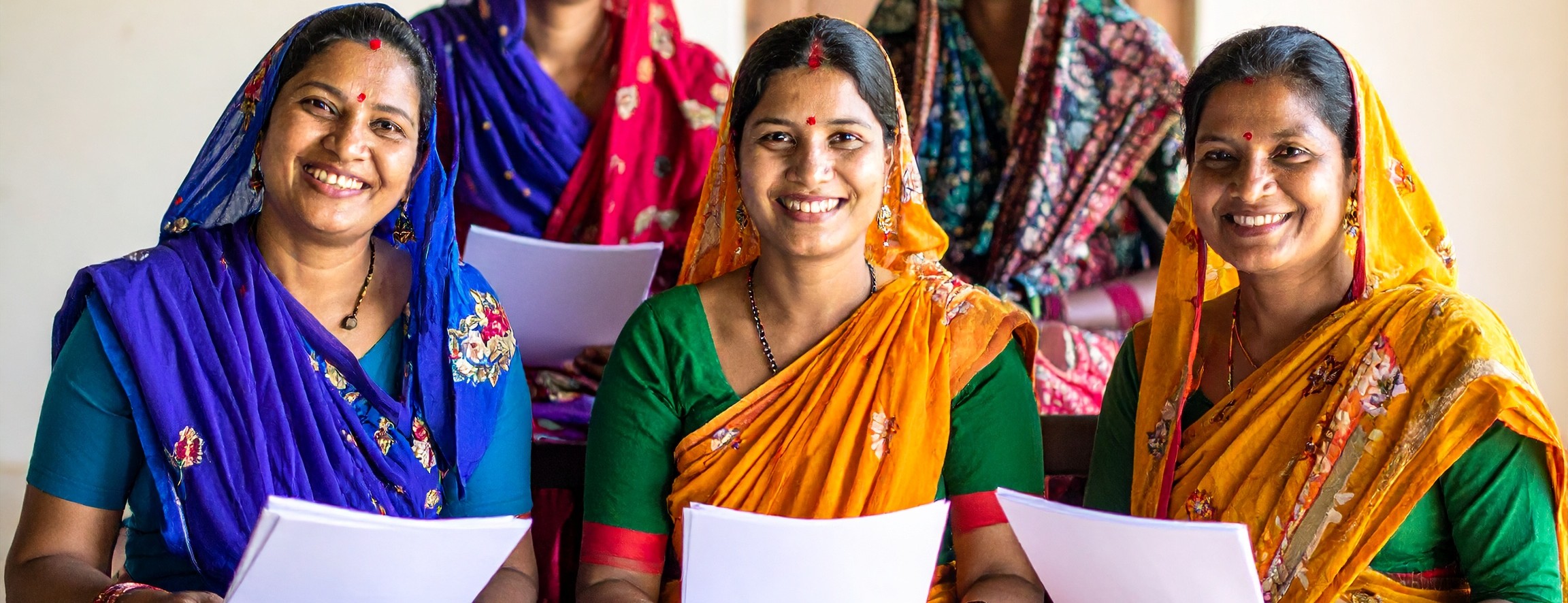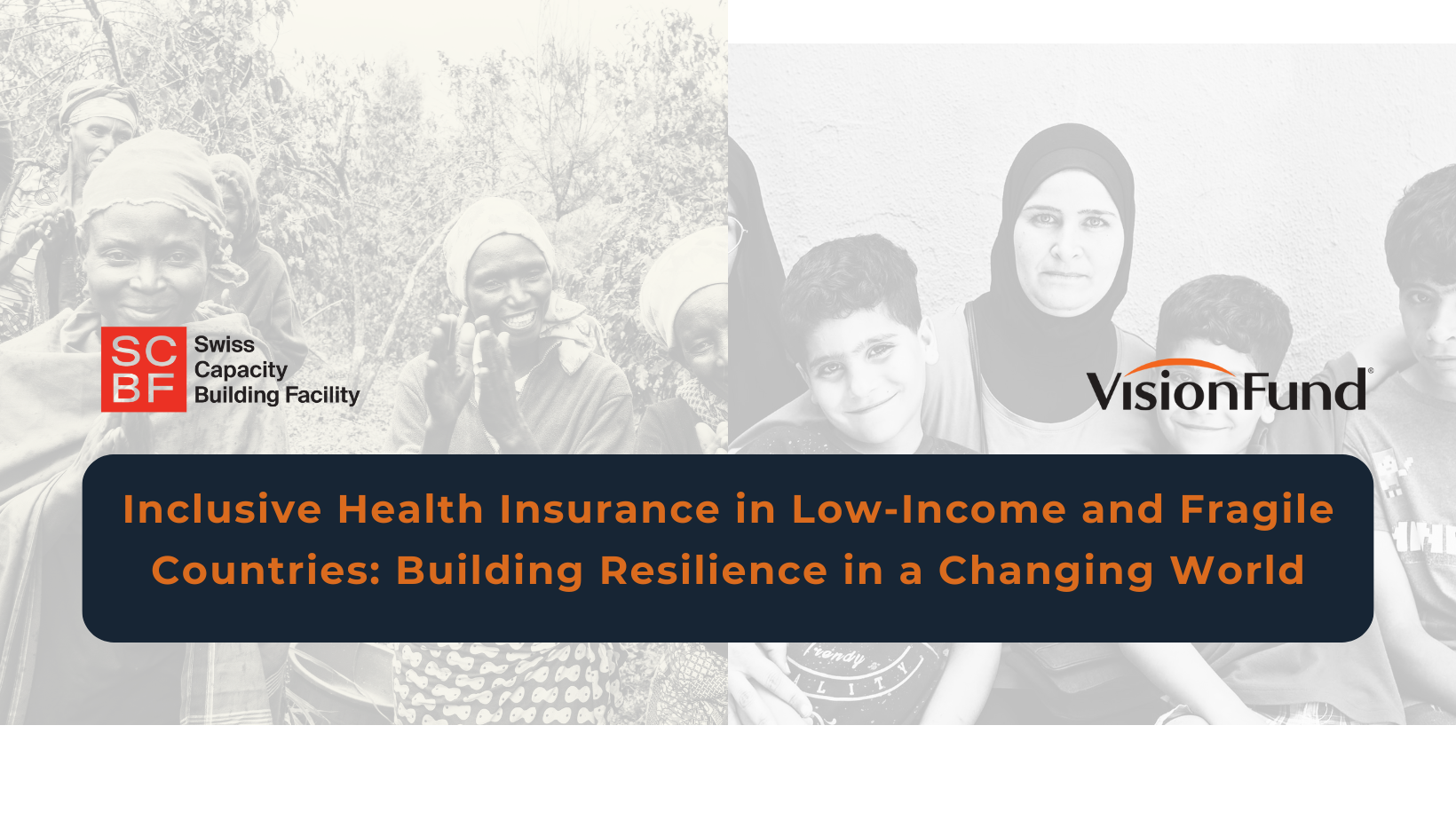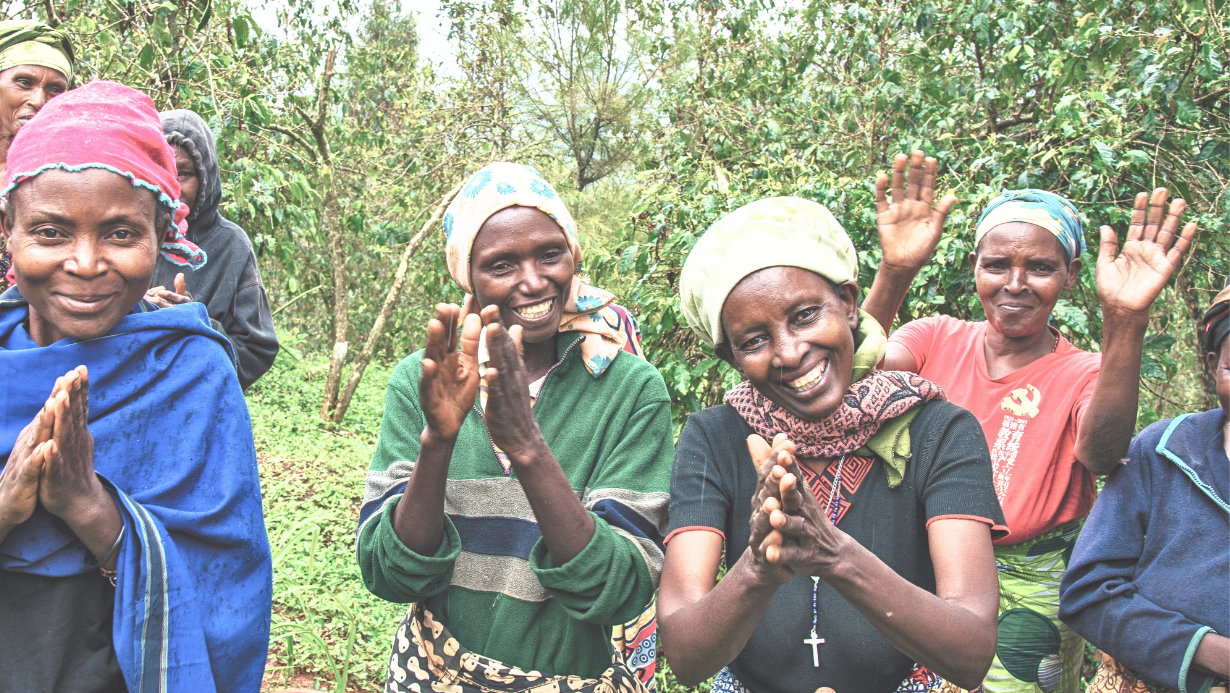Tackling the Pioneer Gap: Let’s work together to get high-impact solutions to low-income clients

In November 2021, SCBF brought together a select group of its members, donors, and partners to celebrate its 10th anniversary and to discuss how to work together to address the pressing challenges facing efforts to expand access to meaningful financial inclusion. Specifically, participants discussed ways to tackle the Pioneer Gap, which is holding back the emergence of viable, impactful business models and solutions.
What exactly is the Pioneer Gap?
- A term that has been used since at least 2012 to describe the point when a company is too large for seed funding and yet does not have the track record necessary to access commercial or impact investment – the moment when many social enterprises fail;
- A problem statement that describes the current investment landscape for social entrepreneurs, which includes private, philanthropic, and public funds. Each of these types of funds have different objectives and demands, and yet most are tailored to the needs of companies that have already achieved scale – leaving many pioneers unable to access the appropriate financing for the stage of their company;
- A call-to-action to create new tools to meet the needs of companies at different growth stages, aligning investor objectives at each stage to help companies with high impact potential to succeed.
The need to finance and scale solutions to traverse the Pioneer Gaps is more urgent now than ever before. If the world is to make progress toward the SDGs, low-income households and small businesses will need new tools to withstand global shocks ranging from the on-going pandemic to the rapidly increasing impacts of climate change.
The SDG financing gap is now USD 4.2 trillion. In 2014, the UN estimated that an additional US 2.5 trillion funding, per year, was needed to achieve the SDGs by 2030. However, this number does not account for the global economic uncertainty and rising poverty caused by the COVID-19 pandemic. As of 2020, the OECD estimates that USD 1 trillion in additional spending is needed to support pandemic-related recovery, while financing to developing countries is expected to fall by USD 700 billion.
This gap exists, in part, because too few investors are willing to invest in mid to early stage/untested innovations designed for low-income communities. Much of this innovation lies in social enterprises, or pioneers, who are willing to think outside-of-the-box and work in environments with gaps in infrastructure or enabling regulation. These entrepreneurs may need additional capital and longer timelines to deliver a return on investment, especially when they are tackling the persistent and systemic challenges facing low-income communities. This calls for new approaches to align public, private, and philanthropic capital through approaches that account for these issues.
What tools do we have to address the Pioneer Gap?
For much of its first ten years, SCBF has been working with pioneers to help bridge this gap by providing technical assistance delivered through a unique platform model that brings public resources with best-in-class private sector knowledge from its member network. From this experience, SCBF knows that social entrepreneurs need tailored funding from actors that will invest for impact – taking risks and providing in-depth non-financial support to test new solutions to systemic challenges and to build the foundations of new industries based on these solutions.
At the event in November, SCBF shared its experience and heard from partners delivering a diverse range of tools needed to invest for impact: funding, networks, expertise, and insights.

To detail just a few examples:
- Funding: Financing the Pioneer Gap actors for impact often requires blended finance; a way to structure investments where different organisations can invest together (or staged) using their own investment approach and achieving their own objectives (whether financial return, social impact, or both.) Blended finance allows philanthropic capital to invest for impact while partnering with private capital that is designed to invest with impact, thereby catalysing additional financial resources for innovative solutions that might otherwise be seen as too risky. Roots of Impact illustrated one approach to blended finance, which provided grant capital alongside private capital. The grant capital is tied to specific impact-based incentives, such as interest rate reduction or cash incentives, to encourage companies to maintain an impact-focus even after investment funds are secured.
- Expertise: Technical expertise helps companies to develop, test, and scale client-centric financial products and services that might not otherwise be funded. The SCBF platform is one example, that enables pioneers to test their solutions with new strategic partners. For example, SCBF has supported the fintech start-up Kuunda to test and refine its agent financing product with FINCA and M-Pesa in Tanzania. These types of initiatives create opportunities to share knowledge, build local expertise, and refine products during the early stages of a new product.
- Networks: Knowing the right people is critical to accessing a diverse range of investors and experts that can meet a company’s needs at different points in its growth. Networks often come along with expertise. For example, when OKO Mali partnered with SCBF to receive support to increase the reach of weather-based insurance for smallholder farmers, the company also received a diverse set of local introductions through the SCBF network, namely, SDC’s office in Mali. Another example is Moving Worlds, which works with large corporations to place working professionals in volunteer opportunities with social enterprises. This short-term expertise delivers long-term dividends through on-going access to the corporate networks connected to each individual volunteer.
- Insights: To develop and scale solutions that can truly be game-changers and help achieve the SDGs, new research and evidence is critical. Research and development (R&D) is expensive, and emerging sectors with high potential for impact benefit from R&D as a public good, rather than conducted separately by each individual start-up. SCBF delivers insights across its member network and externally, encouraging replication of proven models from the 159+ projects the facility has funded to-date. Another example comes from the Jacobs Foundation, which funds “Scientific Capital” to improve the educational technology (EdTech) industry’s understanding of which tools are most effective in addressing learning needs.
SCBF is committed to continuing to work with its partners over the next 10 years to more effectively support entrepreneurs, aiming to ensure that those solutions with the most potential for impact survive the Pioneer Gap (rather than fall into the “Death Valley,” a similar term more often used by venture capital).
Check out SCBF’s 10th anniversary report for more insights on the Pioneer Gap.























































.png)











































